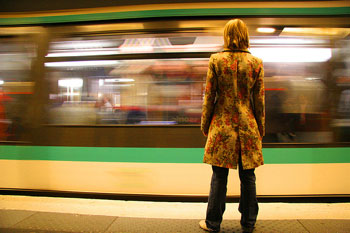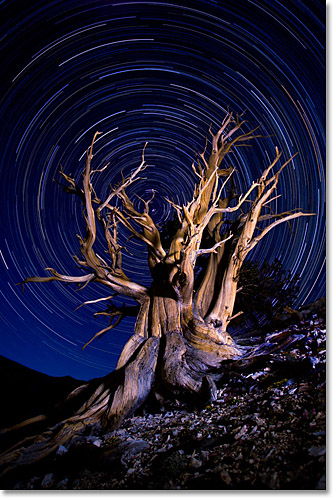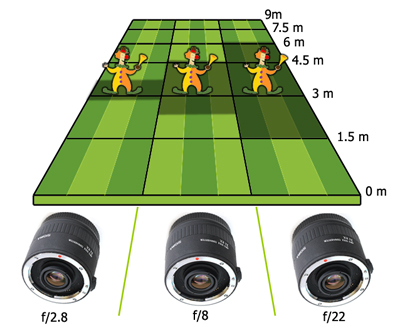1. Apertura del Diafragma.
2. Velocidad de Obturación
3. ISO
4. Exposición/Sobrexposión/Subexposición
5. Distancia Focal
2. VELOCIDAD DE OBTURACIÓN
- La velocidad de obturación es el tiempo que dejamos el sensor expuesto a la luz. Podría decirse que, es el tiempo que dura el disparo. ¿No habéis configurado alguna vez vuestra cámara compacta para hacer una foto nocturna y habéis notado que tardaba más de lo normal en sacar la foto? Eso es porque para fotos nocturnas -con poca luz- la velocidad de obturación aumenta, tomando la foto incluso por varios segundos. (Y probablemente luego os resultara movida)
- Se mide en fracciones de segundo (1/1000) o segundos (3"). De esa manera, si queremos captar algo en momiento, deberemos "disparar" más rápido para evitar que el sujeto nos salga movido. La típica foto de un amigo saltando ¿os sale movida? Deberéis disminuir la velocidad de obturación para que la foto se saque más rápida. En ejemplo, pasamos de 1/30 de segundo a 1/320 de segundo.
 |
| https://open.abc.net.au/ |
- Afecta principalmente al tiempo que la luz alcanza el sensor, que influye en:
- Exposición de la foto, la foto puede salir más clara o menos. Si las condiciones de luz son muy buenas, y dejamos el disparo suspendido por demasiado tiempo, el sensor recibirá demasiada luz y la foto quedará clara.
 |
| http://www.shortcourses.com/ |
- Efecto del movimiento de la imagen. Si queremos conseguir una imagen congelada, sin movimiento, utilizaremos disparos muy rápidos. Si de lo contrario, queremos agregar dinamismo o movimiento, deberemos jugar con velocidades de disparo más lentas.
 |
| http://andreachavarriadotcom.wordpress.com/ |
 |
| http://www.digitalcameraworld.com/ |
El agua es un elemento muy utilizado para comprender el funcionamiento de la velocidad de obturación. Podemos decidir entre congelar las gotas de agua, pasando por agregarle movimiento o convertir la caída del agua en un efecto seda.
El Efecto Seda se consigue aumentando el tiempo de disparo, de esa manera captamos el movimiento del agua en la foto -lo contrario a congerlarla-. Ejemplos de Efecto Seda en el agua:
 |
| http://rincondelfotografo.blogspot.de/ |
Recomendaciones para el uso de la velocidad de obturación:
+ Si estamos fotografiando un sujeto en movimiento, un futbolista, un ciclista, un vehículo, un animal, un salto, etc... debemos jugar con obturaciones más rápidas, que nos permitan enfocar o congelar -en la medida que deseemos- a nuestro sujeto u objeto.
| http://petapixel.com/ |
+ Si queremos crear efectos de movimiento en nuestra fotos, usaremos velocidades de disparo más lentas. En mi opinión el límite sería donde nuestro sujeto aparece completamente desenfocado y la foto no resulta cómoda de mirar. Podemos crear efectos tan interesantes como los siguientes ejemplos:
 |
| http://www.picturecorrect.com/ |
 |
| http://digital-photography-school.com/ |
+ O si ya poseemos un trípode que mantenga la cámara estable, podemos programar velocidades de obturación muy lentas que fotografíen todo el halo de movimiento del agua, de unos fuegos artificiales, las luces de los coches y incluso las estrellas.
 |
| http://edknepleyphoto.com/ |
 |
| http://creativefan.com/ |
 |
| http://stephaniee117.blogspot.de/ |
Y eso es todo sobre la Velocidad de Obturación. ¡¡Nos veremos en la próxima puesta en práctica!!













